Low-Maintenance Shrubs For Foundation Plantings
When it comes to DIY landscape foundation plantings, small evergreen shrubs are an excellent choice for low-maintenance options. These compact plants can thrive in shady front yard landscapes and offer year-round color interest. Breeders continue to introduce dwarf varieties that require less maintenance than their larger counterparts. Not only do they save time and effort, but they’re also relatively disease and pest resistant.
Both needle-leaf and broad-leaf evergreen varieties are available, offering a range of options for gardeners. The trend of using foundation plantings persists in many regions, but it’s essential to choose plants that won’t overwhelm the space. Unfortunately, shearing plants into unusual shapes to maintain size can lead to unhealthy and unattractive results.
In this article, we’ll explore some suggestions for small evergreen shrubs that are perfect for creating a beautiful and low-maintenance landscape.
Plant Suggestions
For a low-fuss and visually appealing foundation landscape, consider incorporating dwarf evergreen plants that thrive in a variety of conditions. These compact growers require minimal maintenance over time, making them an ideal choice for busy homeowners. Unlike sheared plants that sacrifice their natural beauty, these evergreens retain their unique characteristics without the need for regular pruning – simply snip off any wayward or winter-killed branches as needed.
When selecting plants for your foundation landscape, aim to create a multi-layered effect by combining small ground-hugging species, medium-sized fillers, and dynamic background plants. With mature heights typically below most front windows, it’s crucial to consider the eventual spread of each plant to prevent overcrowding. By spacing them correctly from the start, you’ll enjoy a lush and well-balanced landscape that requires little upkeep.
Groundcovers for Front of Border – Layer #1
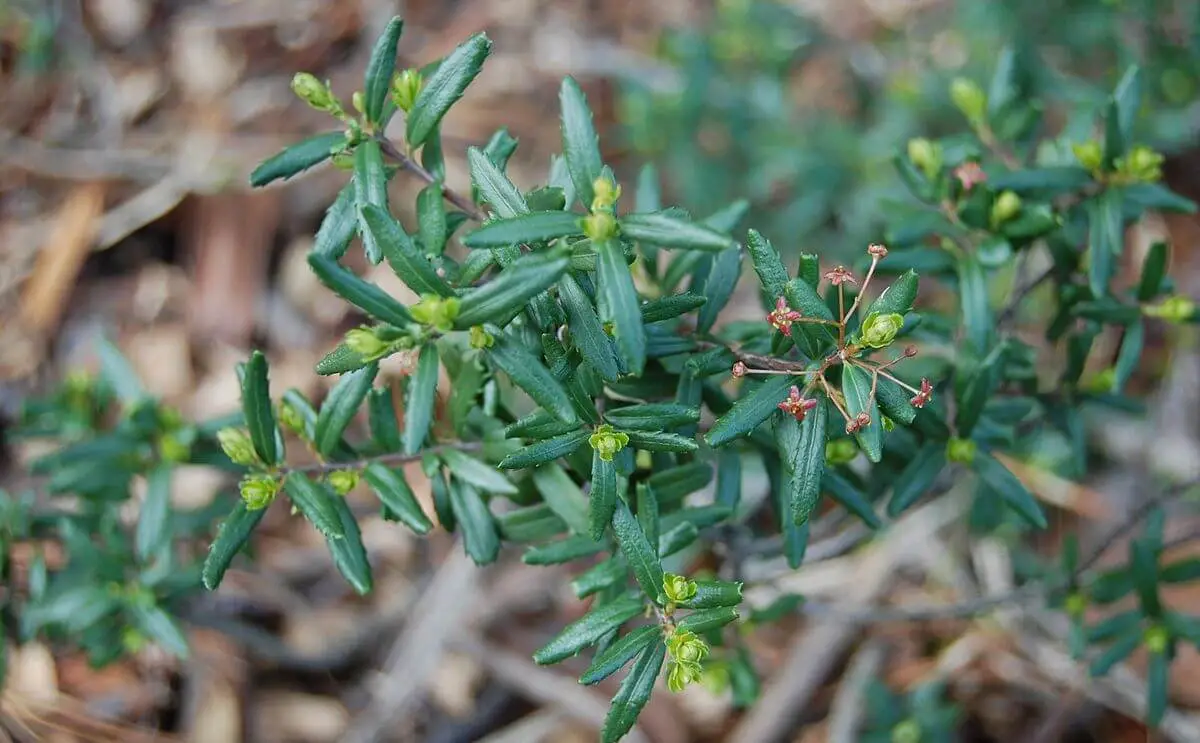
Paxistima canbyi, a North American native, boasts a unique appearance and growth habits. This species typically reaches heights of 12 inches, spreading outwards to cover an area of up to 3-4 feet or more with its low-growing, flexible stems that multiply and form dense foliage.
Its summer foliage is characterized by dark green leaves that are densely packed on the stems, giving off a lustrous appearance. As autumn approaches, the foliage takes on a subtle bronze hue.
In early May, small clusters of flowers emerge, which while not particularly showy, offer a pleasant surprise. These tiny blooms can appear in shades of green or reddish tones.
In terms of cultivation, Paxistima canbyi prefers well-drained soil with a high organic matter content, and can even tolerate alkaline soils (high pH). It thrives best in full sun, but will also do well in partial shade.
One key consideration is to avoid over-fertilizing this species, as it tends to prefer more natural conditions.
Front of Border – Layer #1
Taxus baccata ‘Repandens’ – Spreading English Yew
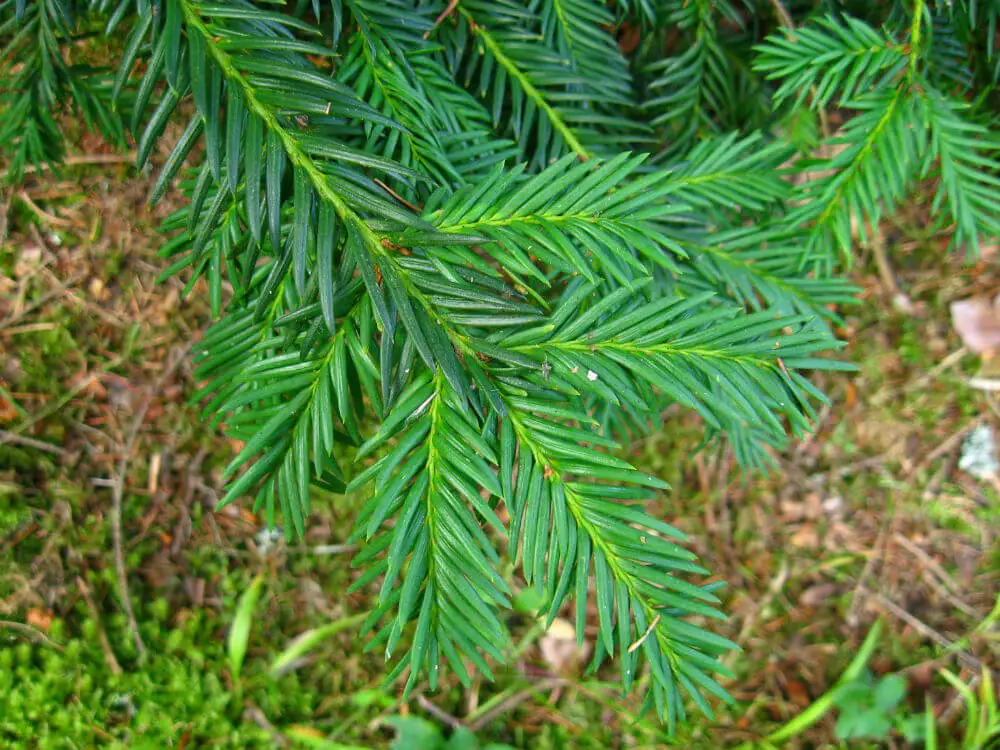
English yew (Taxus baccata ‘Repandens’) is a versatile conifer that can grow up to 2 to 4 feet high with a spread of around 10 feet wide. To maintain its naturally low-growing, softly arching branches, space plants about 3 feet apart and prune lightly. For optimal growth, provide English yew with sufficient room to spread out and avoid heavy pruning, as this will help the plant develop its unique form.
Interestingly, ‘Repandens’ is a female clone that produces fruit, but it’s essential to note that the bark, foliage, and fruit can be toxic to children and grazing animals. In addition, this conifer thrives in shade, making it one of the few conifers that can tolerate low light conditions. While generally pest- and disease-free, English yew may occasionally develop scale and resulting sooty mold, as well as black vine weevil.
For optimal growth, provide well-drained soil and ensure the plant is drought-tolerant once established.
Daphne odora ‘Aureomarginata’ – Variegated Winter Daphne
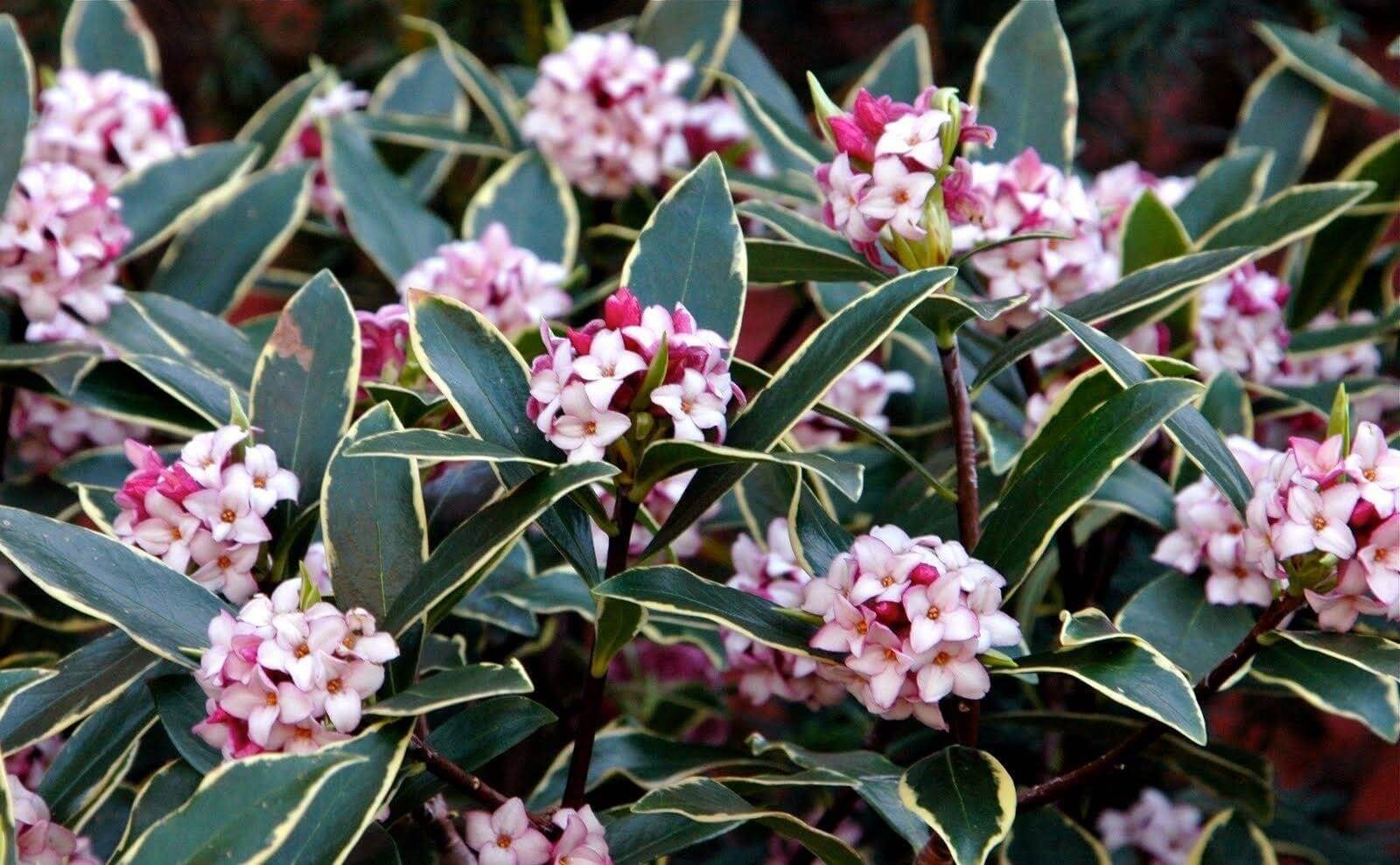
As the Size, Habit and Form variety matures, it can reach impressive heights of around 4 feet high and spread outwards by approximately 5 or 6 feet. While it may not always achieve its optimal size, with the right conditions, it can grow at a rapid pace. The plant’s small, waxy flowers are highly fragrant and emerge from purple buds in late winter to early spring, typically around March and April. These blooms are accompanied by long, slender leaves that feature a unique creamy gold edging.
To thrive, Size, Habit and Form prefers fertile, humus-rich soil with good drainage, ideally situated in part shade. It’s worth noting that direct exposure to hot afternoon sun can cause the foliage to scorch. Once established, this variety is surprisingly drought-tolerant. To keep the foliage a vibrant green, consider applying a handful of all-purpose organic fertilizer in early spring and mulching in March. Light pruning during the summer months can also encourage dense growth.
Sarcococca hookeriana var humilis (sometimes just S. humilis) – Dwarf Sweetbox (or Sweetbox)
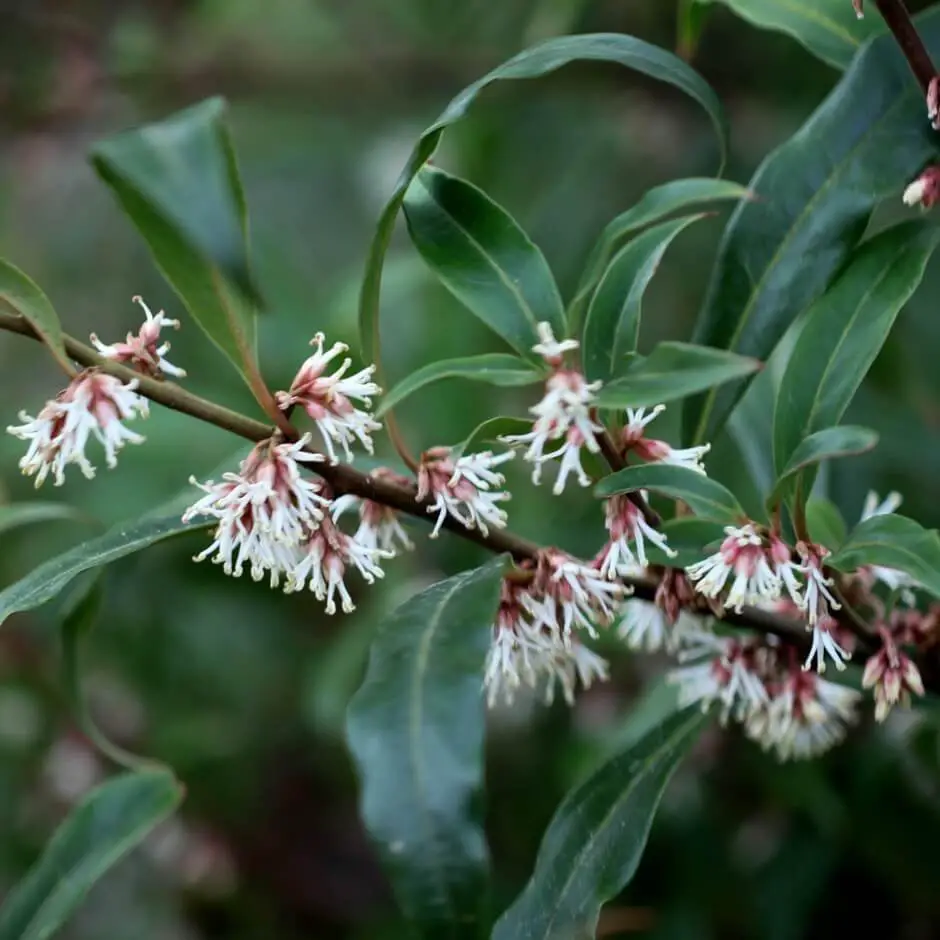
This shrub grows to reach heights of 1-2 feet and spreads slowly over an area of approximately 3 feet in width if not pruned regularly. Its unique qualities include tiny, creamy-white flowers that emit a sweet fragrance and bloom from February to late winter. The flowers are tubular in shape and feature both male and female structures on the same bush, followed by the formation of purple-black berries that add an ornamental touch.
When it comes to its cultural needs, this shrub thrives in organically rich soil and can tolerate a moderate amount of drought after being regularly watered during its first year. If desired, pruning each spring can help maintain a more compact shape.
Back of Border – Layer #3
Skimmia japonica – Japanese Skimmia
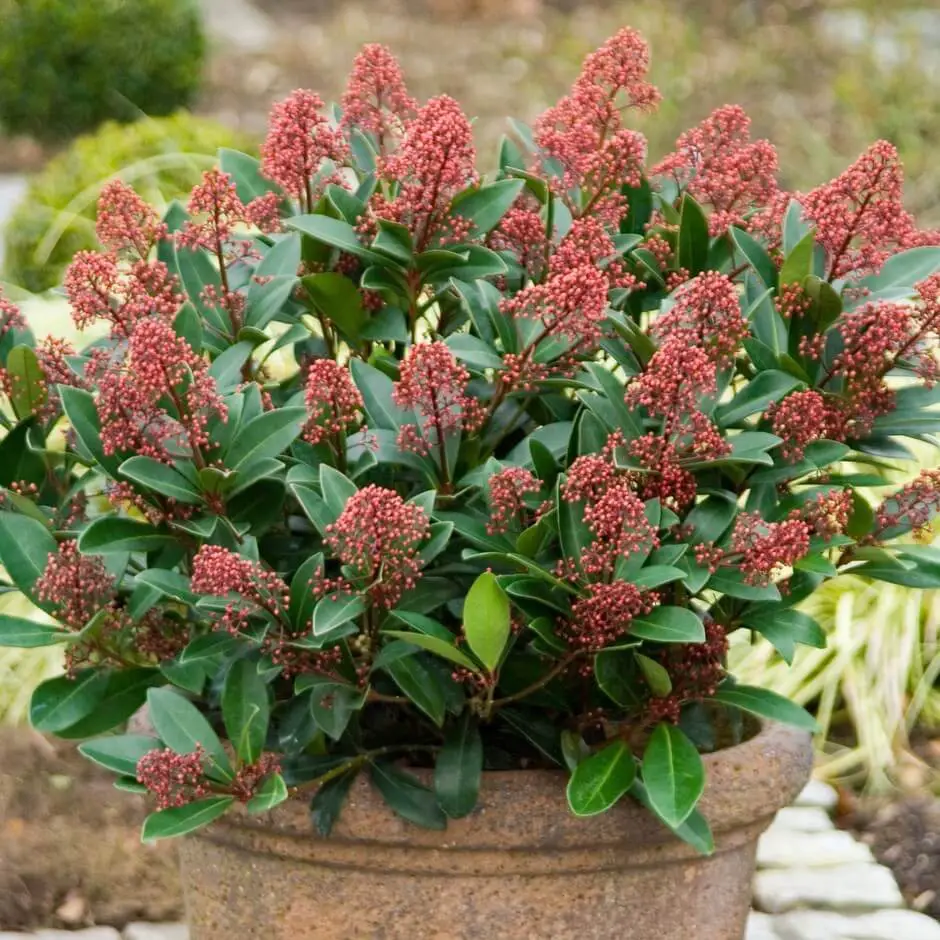
The compact shrub measures around 3 to 4 feet in height and spreads about the same width. Its growth rate is relatively slow, but its medium-textured foliage presents a dense, rounded mound. The stems are typically 2.5 to 5 inches long, with leaves clustered at their ends.
The shrub’s most striking features are its blooms, which emerge from glossy red-maroon buds and boast a mild fragrance. The flowers themselves are creamy white in color.
Female plants also produce showy red fruit, adding an extra layer of visual interest.
To cultivate this shrub, it’s best to provide partial shade to full shade. It thrives in soil that is moist but not waterlogged and has a mix of organic matter to help retain nutrients.
Leucothoe axillaris – North American Native
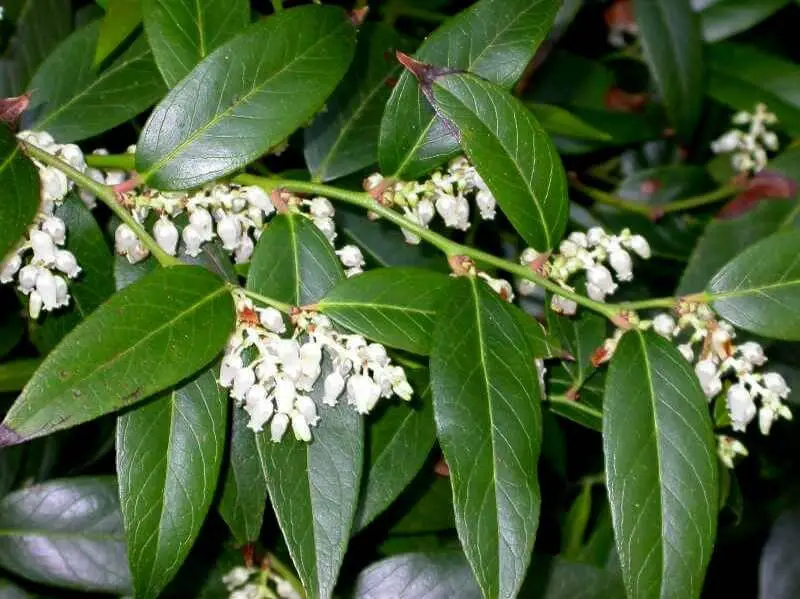
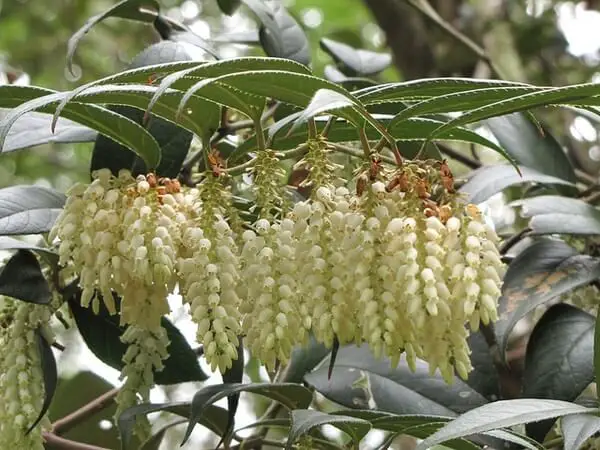
Related Posts
To ensure your farm business flourishes, selecting the right equipment is crucial. It’s vital to consider various factors when choosing machinery and tools for your operation. Moreover, protecting your home requires proper installation of a fence, which not only enhances security but also boosts property value. Additionally, understanding gratuity etiquette for home services, such as driveway sealing, will help you determine whether to tip professionals who cater to your needs.
Furthermore, pursuing careers in landscape architecture, design, or photography can be rewarding and fulfilling. These professions require dedication, passion, and a willingness to continuously learn and improve skills.






